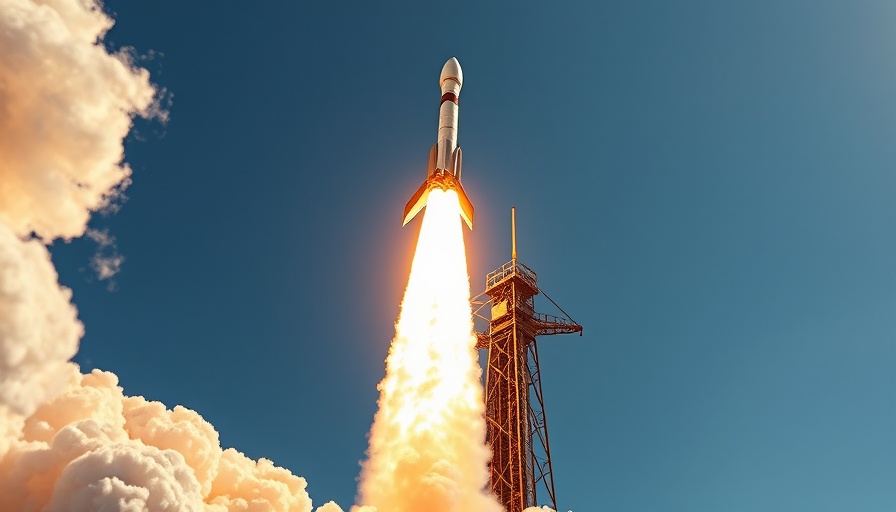
A New Chapter in Space: Crew-10 Launches for the ISS
The countdown is over, and liftoff has occurred! On March 14, 2025, SpaceX launched its Crew-10 mission from NASA's Kennedy Space Center in Florida, fulfilling the critical responsibility of rotating astronauts on the International Space Station (ISS). Mission commander Anne McClain, pilot Nichole Ayers, and mission specialists Takuya Onishi of JAXA and Kirill Peskov of Roscosmos took flight, eager to relieve their predecessors, Butch Wilmore and Suni Williams, who have been aboard the ISS since June 2024 due to delays in their planned space return.
Crews Transition: The Transitioning Dynamic
After almost nine months in orbit, Wilmore and Williams are poised to hand over their duties as Crew-10 astronauts arrive. Originally part of Boeing's Starliner Crew Test Flight, their long stay has been shaped by numerous unforeseen issues with the Starliner spacecraft, including propulsion and helium leaks. NASA's choice to extend their time in orbit aligns with their focus on ensuring astronaut safety and maintaining a team balance within the ISS. Notably, Wilmore and Williams have performed several scientific experiments and maintenance tasks despite the extended wait.
Spaceflight's Emotional Landscape: What’s at Stake?
Emotions run high as McClain conveyed the broader human experience involved in spaceflight, emphasizing teamwork and resilience among nations. "Spaceflight is tough, but humans are tougher," she stated shortly after launch. This sentiment highlights not only the technical challenges of space missions but also the human connections formed across borders in the face of adversity.
A Technological Shift: SpaceX's Role in Human Space Exploration
In many ways, the Crew-10 mission symbolizes a shift in how space exploration is conducted. The successful launch of the Falcon 9 rocket and Dragon capsule marks another milestone for SpaceX as it continues to redefine space travel and logistics. With the Crew Dragon program, NASA has effectively transitioned from a reliance on traditional methods to innovative, commercial partnerships that promise to accelerate human presence in space.
Looking Ahead: Future Missions and Crew Dynamics
As Crew-10 approaches the ISS for docking, they expect to conduct a handover and initiate the return journey for Crew-9 astronauts soon after. The mission's unfolding is critical in determining future human missions and how organizations work together internationally. With plans to continuously rotate crews, NASA and SpaceX are building a model for sustainable human habitation and research in low Earth orbit, paving the way for ambitious missions beyond our planet.
The Crew-10 mission exemplifies the innovation within the space industry while showcasing the resilience and dedication of astronauts. For fans of space exploration, this event not only underscores the importance of partnerships but also the inherent values shared by all astronauts: exploration, cooperation, and perseverance—qualities that define the spirit of humanity.
 Add Row
Add Row  Add
Add 




Write A Comment